The term still life comes from the Dutch word stilleven
Coined in the 17th century when paintings of objects enjoyed immense popularity throughout Europe. The stimulus for this term came as artists created compositions of greater complexity, bringing together a wider variety of objects to communicate allegorical meanings.
Still life featured mainly in the experiments of photography inventors Jacques-Louis-Mandé Daguerre and William Henry Fox Talbot, as far back as the 1830s. They did this in part, for practical reasons: the exceptionally long exposure times of their processes precluded the use of living models.
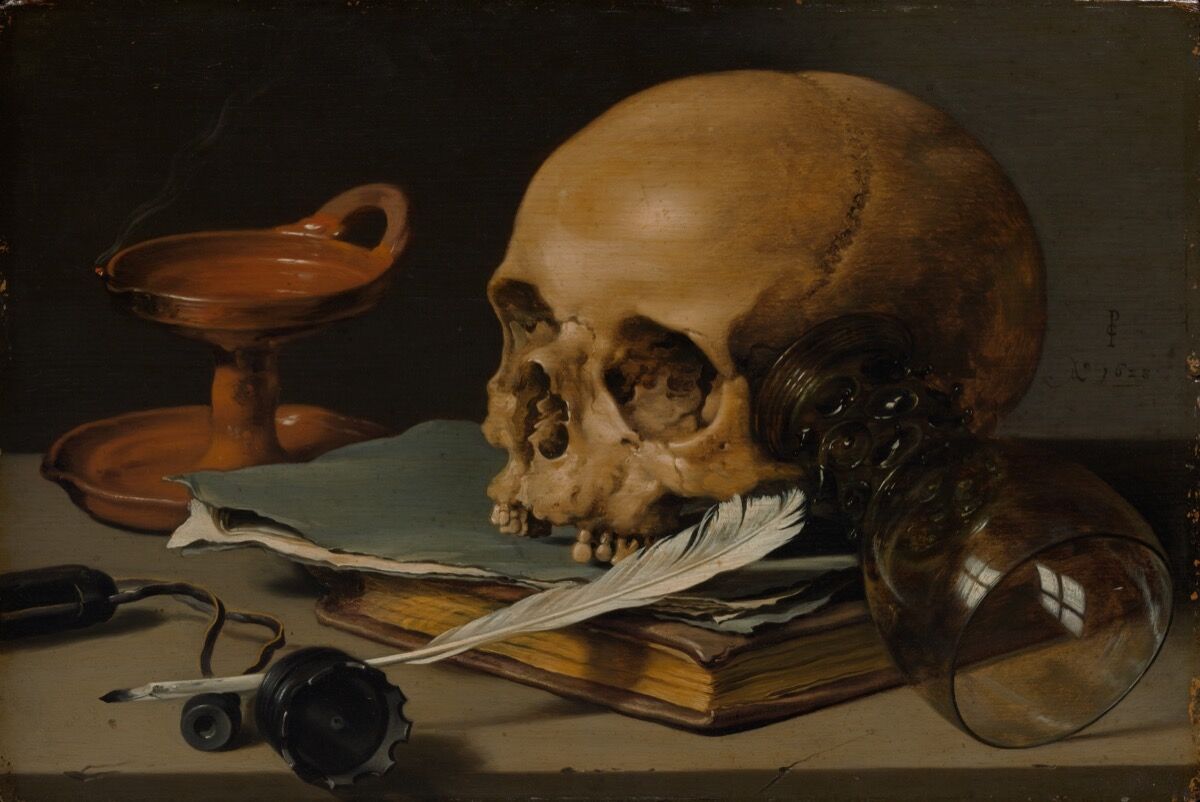
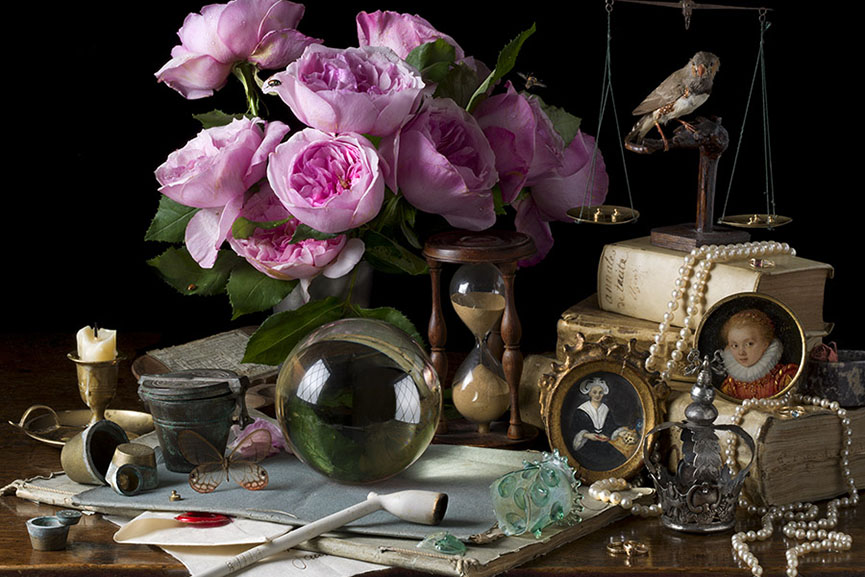
A vanitas is a symbolic work of art showing the transience of life, the futility of pleasure, and the certainty of death, often contrasting symbols of wealth and symbols of ephemerality and death.
‘Vanity of vanities, saith the Preacher, vanity of vanities, all is vanity.’
This is where the term vanitas comes from, the opening lines of the Book of Ecclesiastes in the Bible.
History of still life photography
In the 17th century, still life became a genre in art, most of these paintings were about religion or death.
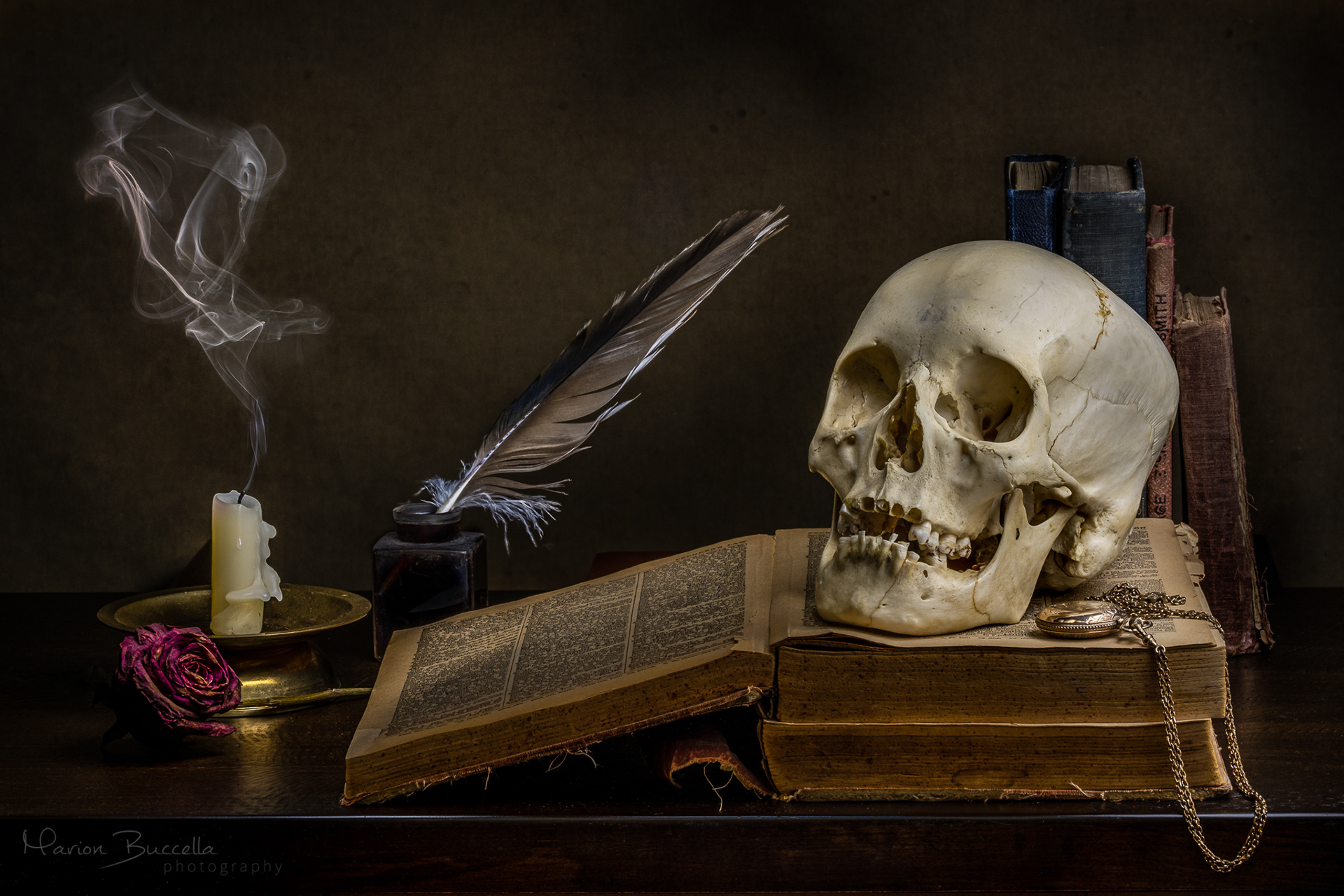
When cameras were invented, a photographer called Adolf de Meyer, used the genre of still life for his first ever photo.

Over the years, as colour photographs emerged, photographers starting using still life more and more. As it became a more popular genre, the still life images taken got even better than they were before.
Some examples of still life photography now.
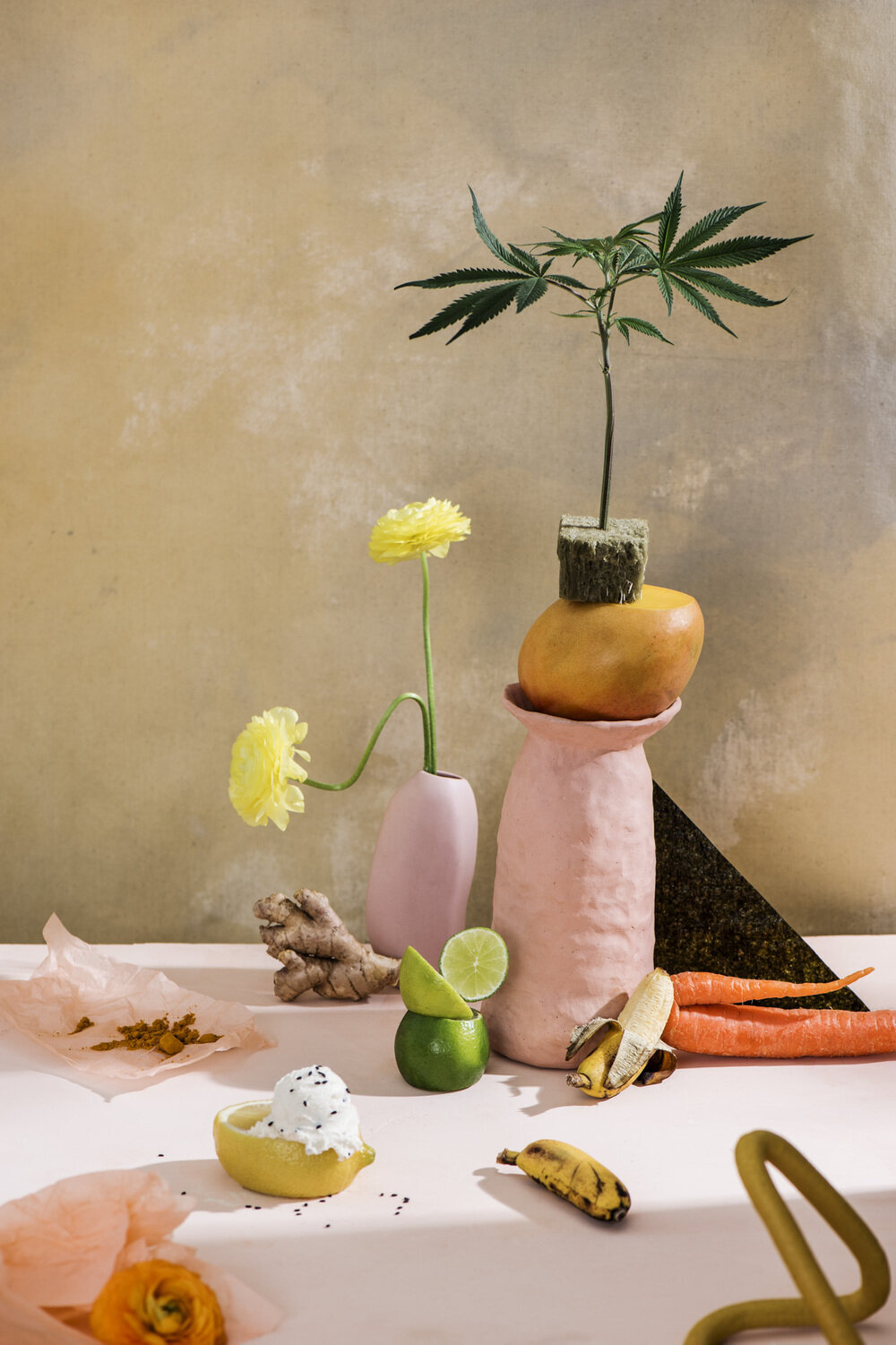

Vanitas
As stated earlier, the word vanitas comes from the opening lines of the Book of Ecclesiastes in the Bible.
Vanitas relates to what was mentioned earlier, death and is mainly used in art, it shows how painful or beautiful life is, in its entirety.
A vanitas image:
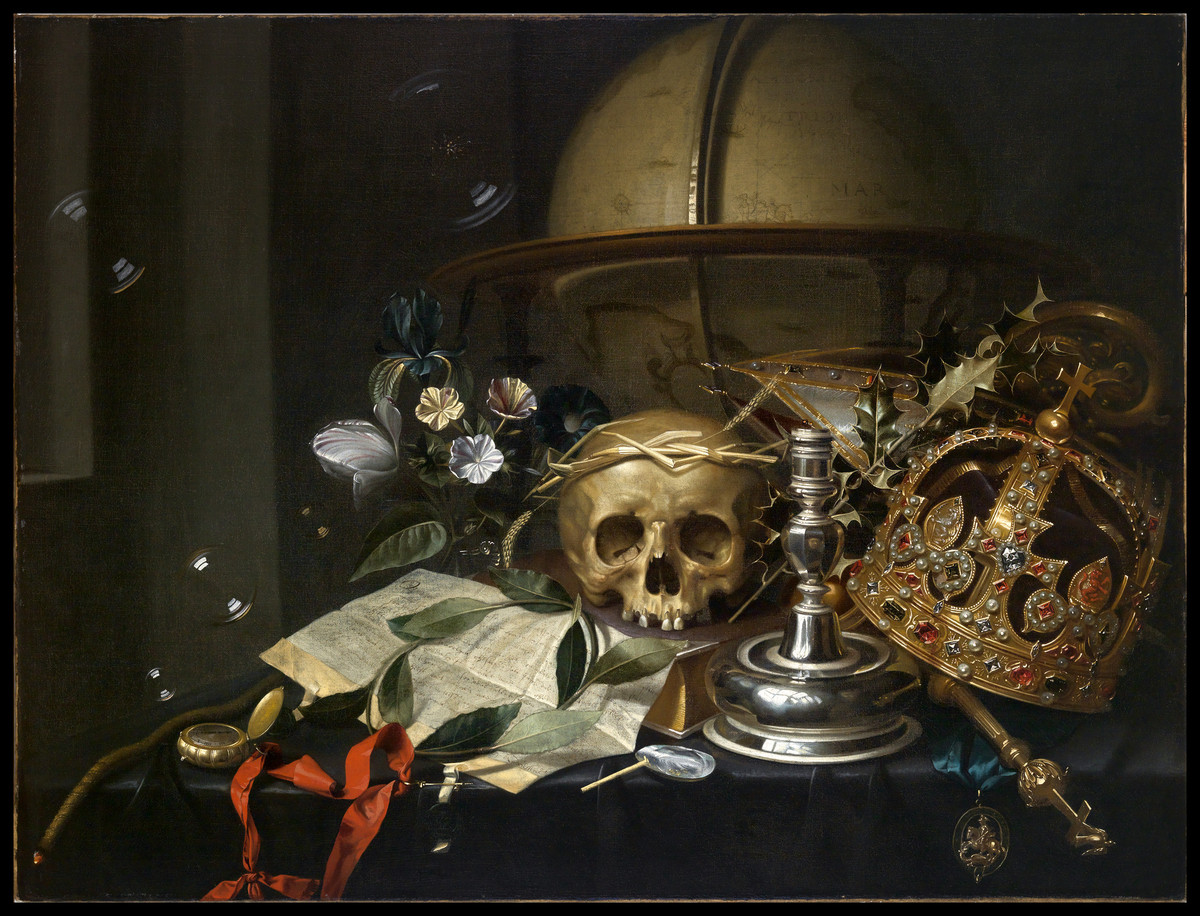
Here you can see a skull, which is in the centre of the image, showing that it could be a key part of the image and lots of other objects like a crown and a sceptre which can symbolise the power of death however the flowers in the back could symbolise the beauty of life and the beginning of life. This image, and other vanitas images, contains both elements of life and death and can be interpreted in many different ways.
